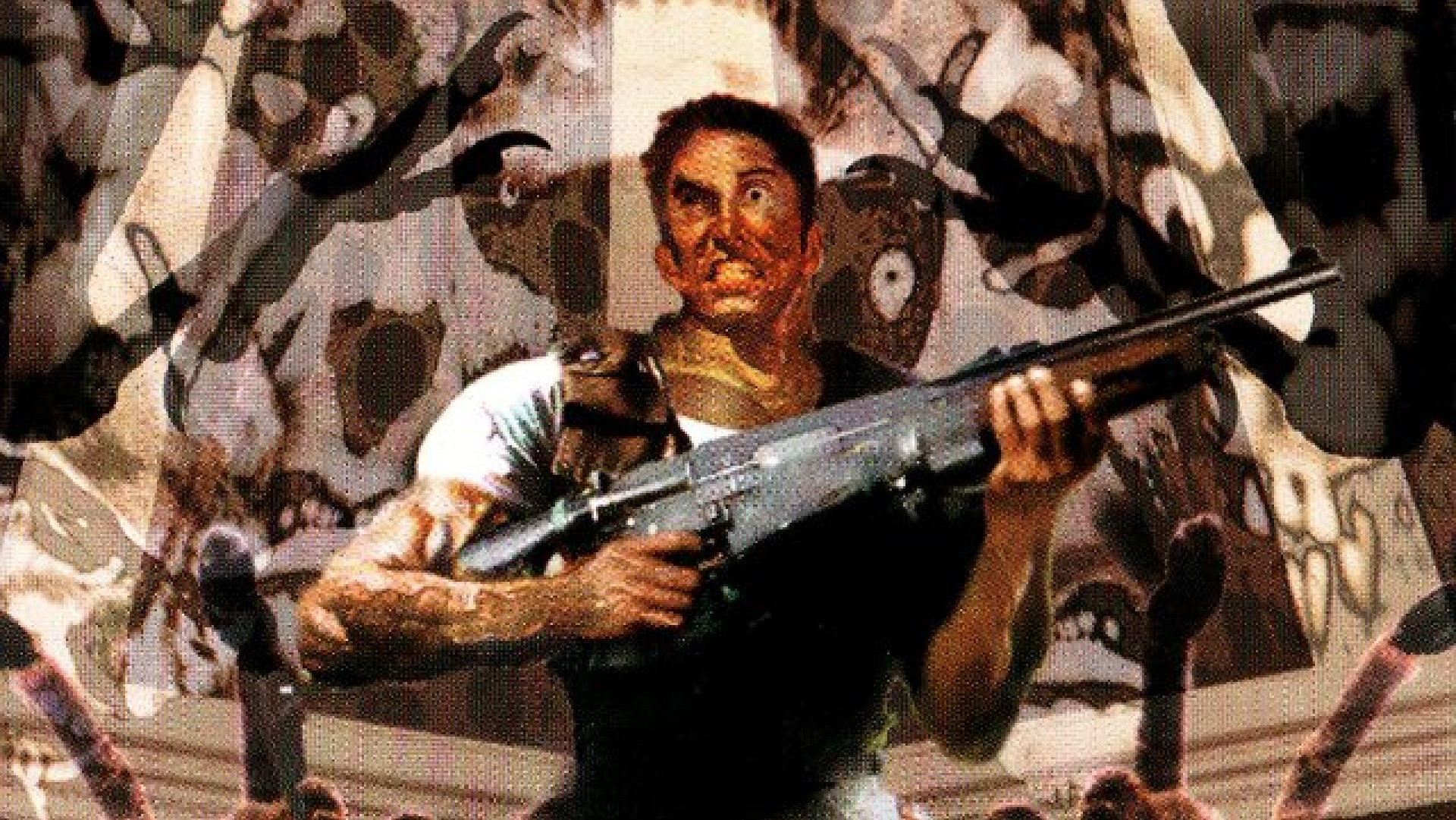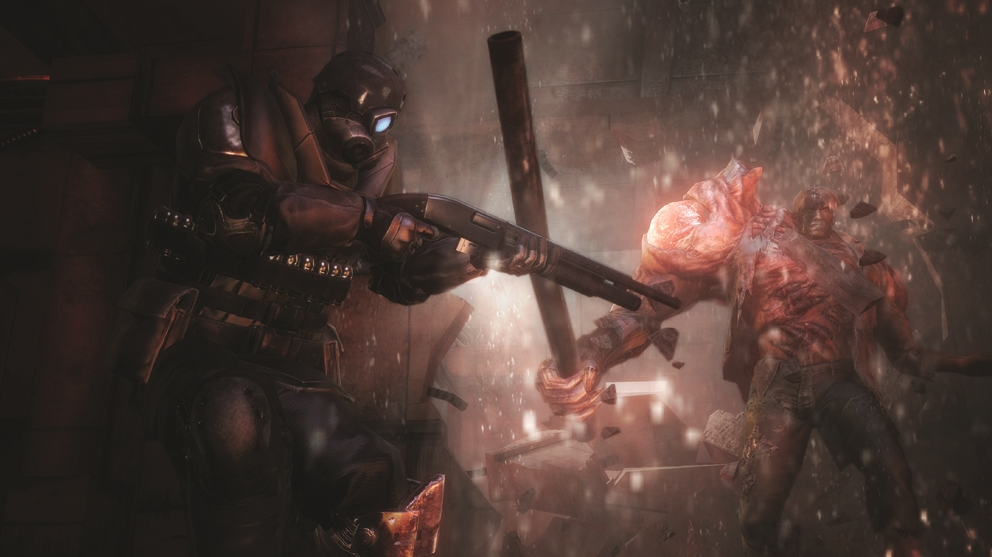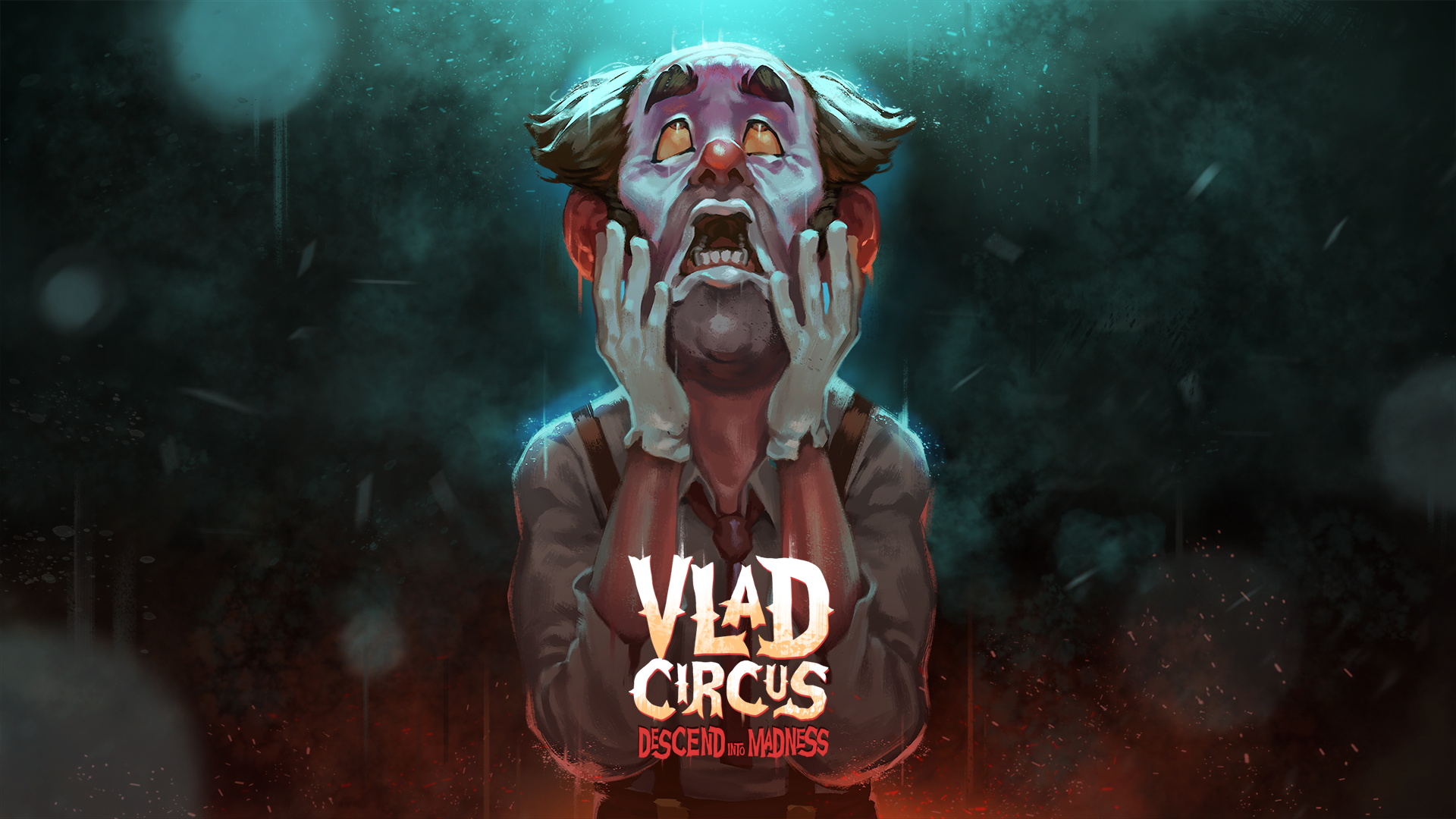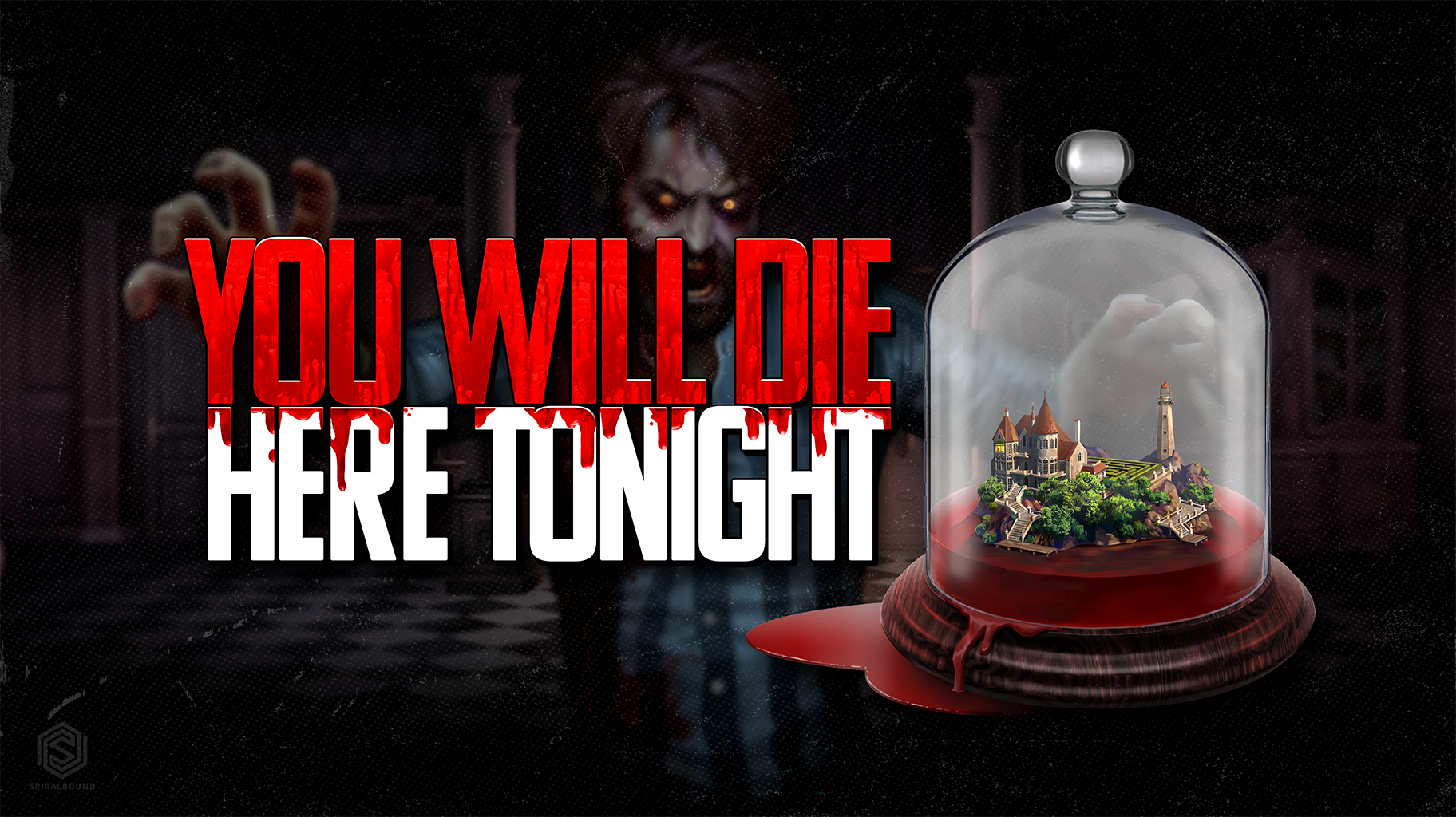
The 5 Most Important Enemies in the History of Resident Evil
As the single most enduring survival horror videogame series ever, Resident Evil has developed an enormous rogue’s gallery of enemies over the course of its 20+ years of existence. In this list, we’re going to go over the top five most significant monsters that have ever graced players’ screens.
For this list, we’ve ranked these monsters not necessarily for how scary they are, or even how iconic (though they certainly are both). Rather, we’re looking at them through the lens of the Resident Evil franchise as a whole, and the impact they’ve had on the evolution of the series.
5. Zombies, Resident Evil 2 (2019)

Zombie fatigue is a real thing, people. In a world where zombies have lurched into every known form of media, it seemed impossible that anyone could really do anything with them to make them scary again. First, we had the Romero ghoul, which established the groundwork of what a zombie was. Then we had 28 Days Later, that terrified audiences with the idea of zombie that could run. And since then, we’ve not really had any other great evolution of the zombie concept.
This stagnancy was exaggerated in the world of video games, and especially the world of Resident Evil. After all, there’s only so much you can do with a humble shambling corpse, right? Grab your pistol, wait for it to stagger into range, aim for the head, and bam, done. So far, so familiar.
Then along comes the RE2 Remake. As much as people like to rave about Mr. X, it was the zombies that were the real star of the show. Their erratic, ammo-draining movement and stubborn refusal to die elevated them from a mere roadblock to a pants-wetting adversary. Even a single zombie in the wrong place could force players to rethink their entire strategy as they navigated the RCPD. What 2019’s zombies represented was an updating of a classic formula for the twenty-first century, doing for Resident Evil what 2016’s Doom did for the classic 1993 game.
4. Crimson Heads, Resident Evil (2002)

Like 2019’s zombies in the RE2 Remake, the Crimson Heads are a fantastic example of how Resident Evil managed to put a new spin on something that was in danger of becoming stale. They not only re-energized the concept of the zombie itself, but they helped set a trend for switching up the meta game, a practice seen time and again for each successful revival of the franchise.
In its fixed camera years, combat in Resident Evil was never about combat itself, which really just came down to readying and shooting. Instead, it was about planning around the combat; a mixture of optimizing routes through a level, allocating resources, and assessing risk and reward. The Crimson Heads doubled down on this idea and expanded it. On the one hand, they added the dimension of time; do you reap the short-term benefit of removing this zombie now, at the expense of having the decision come back to bite you (literally) later? Or do you accept immediate risk, in exchange for avoiding possibly worse penalties further down the line? Additionally, the lack of enough oil to burn every slain zombie (thereby preventing possible transformation into a Crimson Head) forced players to change their carefully planned routes through the Spencer Mansion mid-game, introducing a wild card element to proceedings.
What’s significant about this is how the Crimson Heads set the stage for later reinvigorations of the Resident Evil formula. Every successful reboot has always been about identifying what works in Resident Evil and what needs to change, either through innovating the basic principles or scrapping needless baggage (or both). The Crimson Heads epitomize this innovative approach.
3. Jack Baker, Resident Evil 7: Biohazard (2017)

It’s impossible to disentangle Jack Baker from the impact that RE7, in general, had on the series, as much of what makes him work are the design decisions of the wider game. Still, he’s an example of how Resident Evil managed to keep elements of continuity whilst exploring new angles. On the one hand, he was an iteration of the Birkin formula, which we’ll discuss below; a roving Nemesis-like enemy that mutates each time you fight him in a boss battle. At the same time, he was something completely new. Unlike previous mindless monsters, Jack had a personality, constantly taunting protagonist Ethan Winters with personal insults and jests.
Moreover, Jack was a departure from the mustache-twirling Saturday morning cartoon villains like Wesker and Saddler and all the scarier for it. Rather than a stock bad guy spouting campy evil speeches about ruling the world, Jack’s demented good ol’ boy personality showed how important having well a well-defined character could be for the series. Whilst Lady Dimitrescu was largely a return to over-the-top silliness (with a good deal of fanservice added to the mix), it’s hard not to see a clear connection between her and Jack. For one thing, they’re both the patriarch/ matriarch of their respective families, stalking the grounds of their manors in pursuit of Ethan. More importantly, they were both used heavily in each game’s marketing, to the extent that each became the face of their respective game. If and when Resident Evil 9 comes out, it’s a fair bet that it will continue the trend of a charismatic tormentor that started with Jack.
2. William Birkin, Resident Evil 2 (1998)

As groundbreaking as the original 1996 videogame was, one thing it lacked was a clear central antagonist. Sure, it had the Umbrella Corporation, but this was always a background character, a faceless entity playing the role of unseen puppet master. Then there was the Tyrant and Wesker, but these were late-game reveals with only a small amount of foreshadowing. What the game didn’t have was a bad guy in the immediate sense; a clear and present danger throughout the game whose defeat would mark the high point of player empowerment.
This was one of many ways in which 1998’s Resident Evil 2 improved on an already great foundation. Early on in the game players were introduced to William Birkin, the mutated scientist responsible for creating the G-virus, who hunts the game’s protagonists down relentlessly over the course of the campaign. The idea of a creature that progressively degenerates into a more and more deadly bioweapon has become a staple of the series, and the franchise wouldn’t be the same without it.
1. Los Ganados, Resident Evil 4 (2005)

Many an article has been written about the impact that Resident Evil 4 had not just on the series, but the world of gaming in general. But it’s doubtful that RE4 would have had the same impact if players had just been fighting zombies yet again. Whilst the Los Ganados had an obvious direct impact on the enemy design of RE5 and RE6, more important is what they represented for the series as a whole. Zombies were always the sacred cow of Resident Evil; an iconic enemy around whom every game was centered in one way or the other. The Los Ganados broke with the established canon, changing up what needed to be changed whilst heralding what some have argued was (for better or worse) the end of traditional survival horror.




